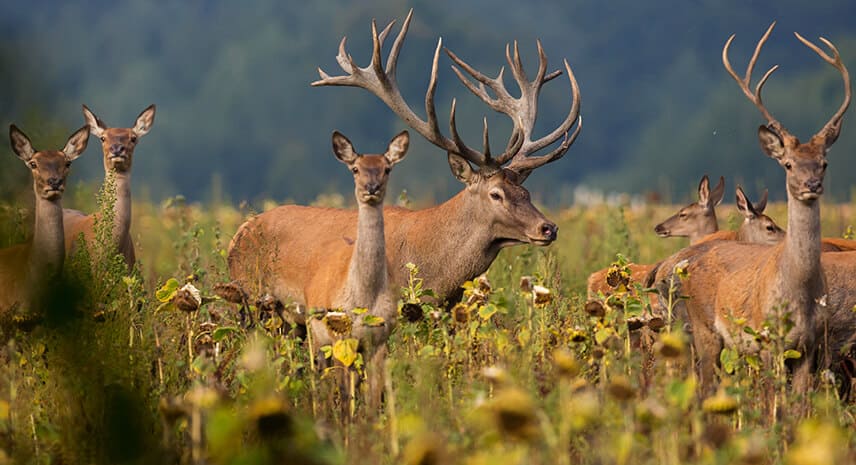
Save Animals: A Call to Protect Our Planet’s Wildlife
The world’s wildlife is facing unprecedented challenges, and the need to save animals has never been more urgent. From the smallest insects to the largest mammals, many species are at risk of extinction due to human activities, environmental changes, and climate crises. This article explores why it is crucial to protect animals, the threats they face, and the actions we can take to save them.
The Importance of Saving Animals
Animals are an integral part of Earth’s ecosystems. Every species, whether predator or prey, plays a role in maintaining the balance of their environment. When one species is lost, it can trigger a cascade of negative effects, disrupting food chains and ecosystems. For example, the decline of predators like wolves can lead to overpopulation of prey species, which may overgraze vegetation and degrade ecosystems.
Beyond ecological reasons, animals contribute to human well-being in countless ways. They provide food, clothing, medicine, and even inspiration for art, culture, and education. Biodiversity also supports agriculture and the pollination of crops, ensuring food security for millions of people around the world. Saving animals is not just an environmental issue; it’s essential for sustaining human life and culture.
The Major Threats to Animals
The challenges that wildlife face today are many, and they often stem from human activity. Here are some of the key threats:
1. Habitat Destruction
Deforestation, urban expansion, and agriculture are some of the leading causes of habitat loss. Animals are forced to leave their natural environments, leading to population declines and even extinction. Forests, wetlands, and oceans are being destroyed or polluted at alarming rates, depriving species of the places they need to survive and thrive.
2. Climate Change
Climate change is altering ecosystems and making it harder for many species to adapt. Rising temperatures, melting polar ice, and shifting weather patterns are impacting animal habitats. Polar bears, for instance, are losing their hunting grounds due to shrinking sea ice, while coral reefs are bleaching from warming ocean temperatures.
3. Poaching and Illegal Wildlife Trade
The illegal trade in animals and animal parts for traditional medicine, exotic pets, or luxury goods poses a significant threat to endangered species. Animals like elephants, rhinos, and tigers are targeted for their tusks, horns, and skins, leading to rapid population declines.